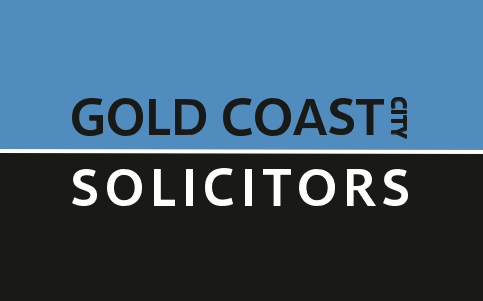Conveyancing in Queensland is a legal and administrative process that involves the transfer of real estate property rights from one party to another. This intricate procedure is governed by a combination of state legislation, common law principles, and procedural guidelines that ensure the transaction is legally valid, enforceable, and effectively recorded. The conveyancing process in Queensland is distinctive due to its specific legal framework, making it essential for parties involved in the transaction—whether buying or selling—to understand its nuances.
Overview of Conveyancing
Conveyancing encompasses all legal and administrative tasks related to the transfer of property ownership. It begins with the preparation of legal documents and culminates in the change of ownership registered with the Queensland Land Registry. The process involves several steps, including drafting and exchanging contracts, conducting property searches, managing financing arrangements, paying various taxes and duties, and ultimately, settling the transaction.
Legal Framework
The conveyancing process in Queensland is primarily governed by the Property Law Act 1974 (QLD), the Land Title Act 1994 (QLD), and the Body Corporate and Community Management Act 1997 (QLD) for properties within community titles schemes. These statutes provide the legal foundation for property transactions, outlining the rights and obligations of the parties involved and the procedural steps required to effect a change in property ownership.
The Conveyancing Process
Pre-contractual Stage
The conveyancing journey starts before a contract is even signed. During this stage, potential buyers may conduct pre-purchase inspections and sellers prepare the property for sale. It’s also when parties negotiate terms and conditions of the sale, often facilitated by real estate agents.
Contract of Sale
The heart of the conveyancing process is the Contract of Sale, which details the terms agreed upon by the buyer and seller, including price, settlement date, and any conditions precedent to the sale (e.g., building and pest inspections). In Queensland, the standard REIQ (Real Estate Institute of Queensland) contract is commonly used.
Searches and Inquiries
Once the contract is signed, the conveyancer or solicitor will conduct various searches with local councils, utility providers, and the Queensland Land Registry. These searches reveal critical information about the property, such as zoning restrictions, easements, and any outstanding rates or charges that could affect the buyer’s enjoyment of the property.
Financing
For buyers requiring a mortgage, securing financing is a pivotal step. The conveyancing process involves ensuring that loan documentation aligns with the contractual obligations and that the lender’s requirements are met for the release of funds at settlement.
Settlement
Settlement is the culmination of the conveyancing process, where legal and financial transactions are completed. This involves the payment of the purchase price, transfer of the title, and the discharge of any existing mortgages on the property. In Queensland, settlements are increasingly conducted electronically through platforms like PEXA (Property Exchange Australia), streamlining the process.
Stamp Duty and Taxes
In Queensland, buyers are typically responsible for paying stamp duty (transfer duty) on the purchase of property. The amount of duty depends on the property value and the buyer’s circumstances (e.g., first home buyers may be eligible for concessions). Calculating and paying stamp duty is a crucial step in the conveyancing process.
Role of Conveyancers and Solicitors
While conveyancers and solicitors can both manage the conveyancing process, solicitors can also provide legal advice beyond the conveyance itself, such as on contract terms and estate planning implications. Choosing between a conveyancer and a solicitor depends on the complexity of the transaction and the level of legal advice required.
Challenges and Considerations
Conveyancing in Queensland, while systematic, can present challenges. Delays can occur due to financing issues, unsatisfactory inspections, or title problems. Parties should also be aware of the implications of contract terms, such as “time is of the essence” clauses, which strictly enforce settlement dates and other contractual obligations.
Conveyancing is a critical process in the transfer of property ownership in Queensland, governed by a complex legal framework designed to protect the interests of all parties involved. It requires meticulous attention to detail, a deep understanding of legal requirements, and rigorous administrative coordination. Whether you’re a buyer or a seller, understanding the conveyancing process can help ensure a smooth and successful property transaction in Queensland.
This comprehensive overview of conveyancing in Queensland encompasses its definition, legal framework, procedural steps, and the roles of professionals involved, providing a solid foundation for anyone looking to navigate the property market in this jurisdiction.




